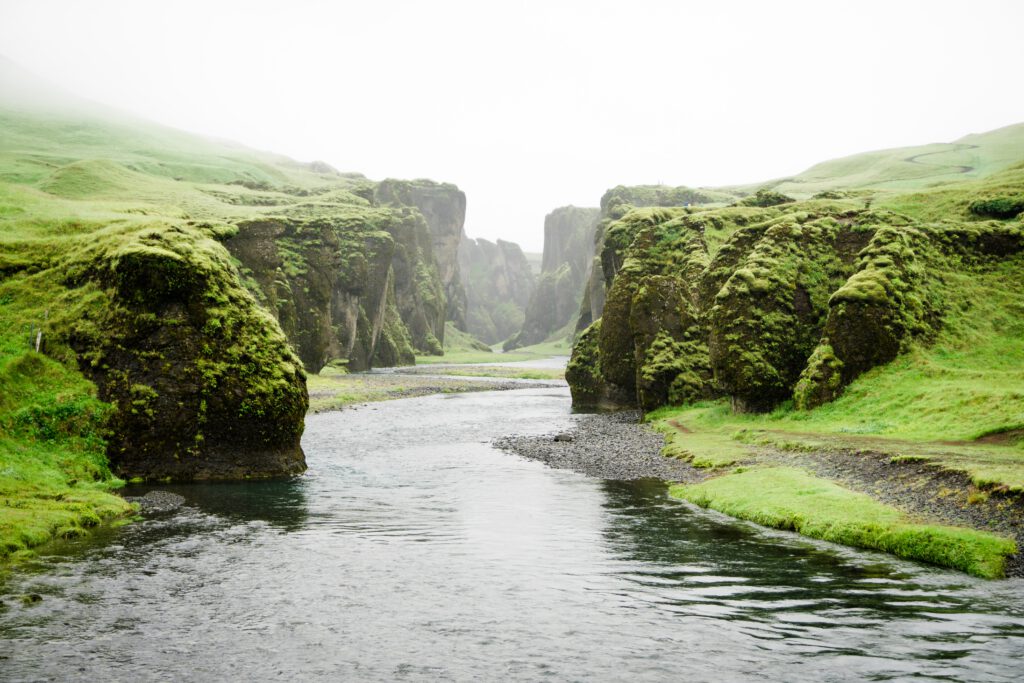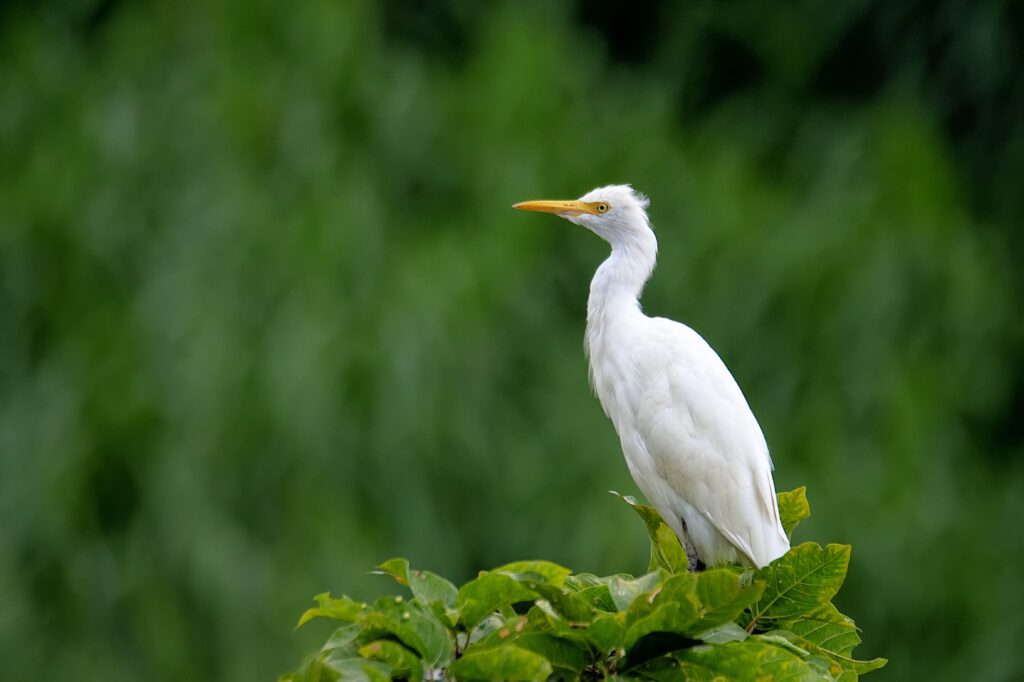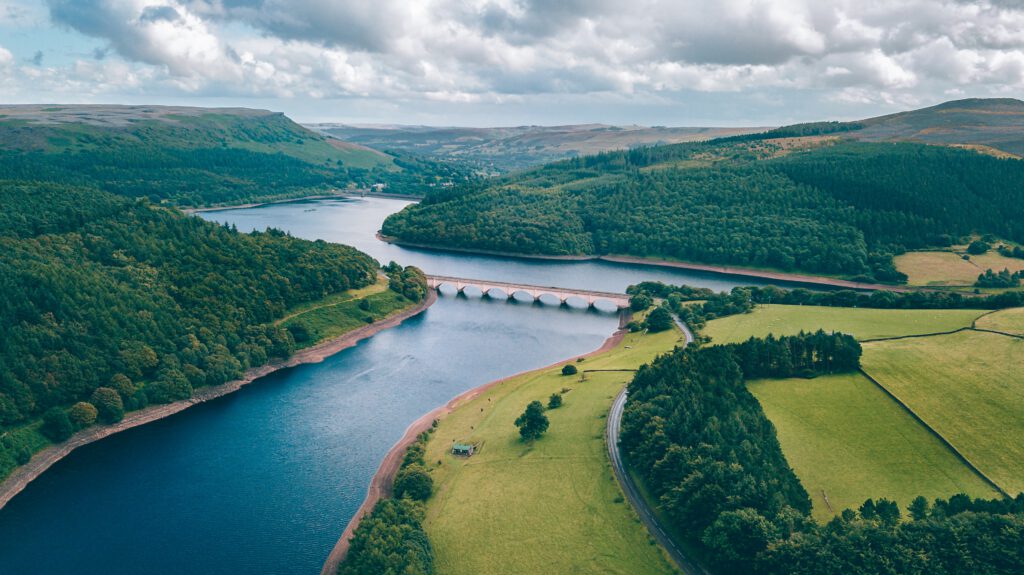Green Calendar – March
March is a busy month, an extremely busy month. Perhaps it is to celebrate the coming of spring, but March has over 15 green days (a.k.a. environmental awareness days)! Though this may feel quite overwhelmingly, worry not – we at the Green Office have got you covered. So, grab your calendar and hop along. I can promise you – it’s going to be the ride of a lifetime!

3 March – World Wildlife Day
We open the month by celebrating wild animals and plants. A decade back, the UN General Assembly decided to celebrate Wildlife Day on 3 March – the day the Convention on International Trade in Endangered Species of Wild Fauna and Flora (CITES) was signed in 1973.
CITES is basically an international agreement between governments to ensure that international trade in wild animal and plant specimens does not threaten the survival of any species. It has one of the largest memberships among all conservation agreements, with 184 parties (a fancy word referring to the states and regional economic integration organizations that voluntarily adhere to the Convention).
CITES lists 36,000 species of animals and plants, divided into 3 appendices that deal with varying degrees of vulnerability and commercial trade restrictions. If you are interested in knowing more, check out the official brochure at https://cites.org/sites/default/files/I/Brochure_UNEP_CITES_eng.pdf (or if you feel particularly up for a challenge, you can read the original Convention at https://cites.org/sites/default/files/eng/disc/CITES-Convention-EN.pdf).
Now, on the 50th anniversary of the CITES, the theme for Wildlife Day is ‘Partnerships for Wildlife Conservation’ in honor of the people who are actively making a difference. This can be anyone from the countries signing the Montreal-Kunmig Agreement (which agrees to conserve at least 30% of lands, inland waters, and oceans worldwide) or you posting photographs online to raise awareness on endangered species.
Now, more than ever before, it is time to protect our planet’s wildlife. Seaweeds, parrots, oak trees, giraffes, and even cacti(!) are endangered. Currently, there are a million species under threat. If you’re feeling disheartened, don’t be. Not yet. Read on to find out how you can help.
What can I do?
· You know the basics – research more about wildlife and spread awareness. While this may seem both obvious and pointless, you’ll be surprised to see how ignorant many people can be (often at no fault of theirs) and how easy it is to inspire others. And anyways, wildlife is amazing – one shouldn’t need a reason to learn more.
(While compiling this post, I stumbled upon lots of fun facts about animals. While elucidating on every one of them is beyond the scope of this blog, there are a few I have to share. For instance, a single strand of a spider’s web is five times stronger than steel of the same width. Reportedly, a spider-silk rope of just 2 inches in thickness could stop a Boeing 747. Maybe Spiderman’s feats aren’t so unbelievable after all…
And then there are tardigrades. These microscopic animals are extremely durable – they have survived temperatures across the spectrum of -272 °C to 149 °C, pressure six times stronger than that at the ocean floor, over a decade without food, and the vacuum of space!)
· With the assistance of the official outreach material and social media kits (found here: https://stag.wildlifeday.org/en/outreach-material) you can host an event of your own! (And if you do, we would love to hear your success story.)
· Watch the CITES Youth Network webinar and acquaint yourself with how CITES works and what the opportunities for youth within it are. As the Convention is one of the world’s biggest conservation tools, it is a great place to see how multifaceted and complex conservation can be. You can find the fully recorded webinar here: https://www.youtube.com/watch?v=vOJerL-mcKs.
· Make your surroundings a haven for local wildlife. You can do this by growing native plant species, installing bird feeders and baths, avoiding chemical fertilizers, and picking up trash. Furthermore, if you have cats, keep an eye on them – domestic cats have contributed to the extinction of over 60 species of birds, mammals, and reptiles.

14 March – International Day of Action for Rivers
Not to be confused with World Rivers Day (24 September), the International Day of Action for Rivers (henceforth called IDAR) is observed annually on 14 March. It is dedicated to saving, celebrating, and creating awareness of the importance of rivers. IDAR was inspired by the First International Meeting of People Affected by Dams in Curitiba, Brazil in March 1997.
But why do rivers get two days? Well, as all of us know, rivers are integral to life on Earth. Despite their importance, freshwater ecosystems are the most threatened in the world. Freshwater species have seen an 83% decline since 1970! For context, that’s twice the rate of decline of terrestrial or marine species. Amongst other factors, rivers are threatened by decreased rainfall in a hotter climate, over-exploitation (often for irrigation), fragmentation (due to the construction of dams and weirs), pollution, destruction of natural vegetation, and the introduction of invasive plant and animal species.
The purpose of this day is not to frighten us with the numerous dangers rivers face, but rather to inspire us to fight against these dangers. IDAR is about taking action. Literally.
What can I do?
· Host an event. Perhaps there is a river back at home that is in dire need of help. Or maybe you’ve read about a polluted, dying channel in an alleyway of a distant country. Whatever the reason, now is the time to raise your voice. If you do plan an event, be sure to let International Rivers know (through this form: https://docs.google.com/forms/d/e/1FAIpQLSeKddgTNdFjQCzxEmBemmh-sUKN1uEh1JAd0pS6uJiqb5bj-A/viewform). They might even help promote your event!
· Learn more about how people all over the globe are working to protect our rivers. (You can read about last year’s events here: https://www.internationalrivers.org/news/rivers-unite-us-25th-anniversary-day-of-action-for-rivers-highlights/.) Who knows, you may find the inspiration to start an action of your own, or maybe even realize how can assist an ongoing campaign.
· Donate to organizations that are working to protect rivers.

16 March – National Panda Day
Happy birthday, Po (aka the Dragon Warrior of Kung Fu Panda)! March 16 is celebrated worldwide as National Panda Day. The panda (officially the giant panda) is a species of bear endemic to the temperate broadleaf and mixed forests of southwest China. Pandas are characterized by their black-and-white coat and round body. Adults measure around 1.2 to 1.9 meters long and stand 60 to 90 cm tall at the shoulder. Males can weigh up to 160 kg, while females can weigh as less as 70 kg; the average weight of adults s between 100 to 115 kg.
Pandas are generally solitary animals. Each adult has a defined territory. Social encounters occur during a brief breeding season after which the male leaves the female alone to raise the cub. Bamboo shoots make up more than 99% of their diet, despite them belonging to the order Carnivora. In fact, pandas still have the digestive system of a carnivore, as well as carnivore-specific genes. Consequently, their ability to break down cellulose and lignin is very weak, and they derive very little energy and protein from the consumption of bamboo. This is compensated for by enormous quantities of food – the average panda consumes as much as 9 to 14 kg of bamboo shoots a day!
Giant pandas are listed as vulnerable in the IUCN Red List. Hunting, harvesting of bamboo, habitat loss, and even tourism have left the species with just a little over 1,800 individuals. Another factor responsible for the small population size is the low birth rate – female pandas are capable of conceiving a cub only once a year, and that too for just 24 to 72 hours.
What can I do?
· Watch a documentary about pandas. (For instance, you could watch Born in China directed by Lu Chuan. This nature film follows three different families, so in addition to giant pandas, you will also get to see and learn much more about golden monkeys and snow leopards. Another option is Pandas directed by Drew Fellman and David Douglas.)
· Afterwards, you can do your own research on these fascinating bears. Once you are happy with the amount of information you have accumulated, be sure to share your knowledge with others!
· Donate to organizations such as Pandas International or WWF (you can even “adopt” a panda at the latter!).

Written by: Shirsho Roy Chowdhury
